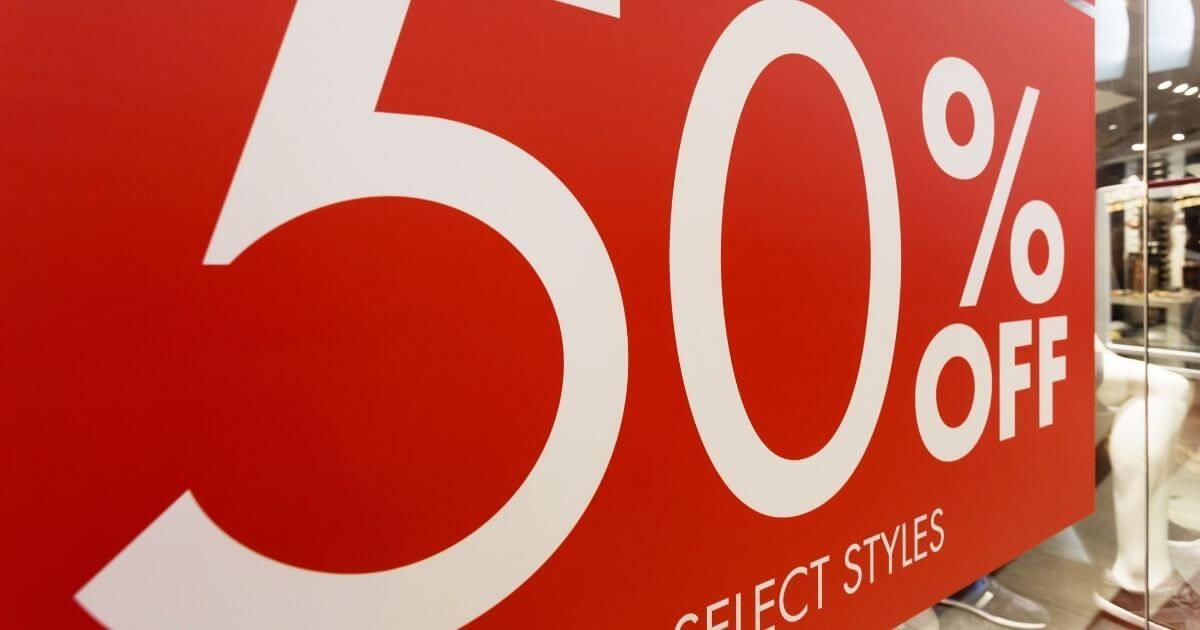Preparing for a Less Promotional Holiday

With the amount of inventory available this holiday season on store shelves – whether virtual or physical — likely to be limited by shipping, production and other issues, will there be an equivalent reduction in the number of discount and price promotions?
And can a consumer that’s been trained over the years to assume that they’ll be able to get that hot item closer to the holiday rather than buying a Black Friday promotion (which won’t seem as sharp as in the past), understand that this year they may get shut out if they don’t buy early?
Depends on the Circumstance
The amount of discounting and sharp pricing will depend in large part on the retailer’s specific circumstance. Online-only sellers often will have little choice but to price sharply, since price comparisons are a click away. Brick-and-mortar merchants secure in their ability to draw traffic may feel less need for margin-eating discounts.
Tighter supply will likely lead to fewer discounts and other price-based promotions as retailers shift to more of a marketing-driven strategy that could focus on positioning goods based on their limited availability, rather than on discounted pricing, says one UK-based apparel industry executive.
Variety of Goods Affected
“Black Friday and the holiday season, for which products (and raw materials) are being staged, will face the brunt of the impact,” Pawan Joshi, of supply chain software firm E2open told CNBC . “Consumer electronics, dorm room furniture, clothing and appliances will all continue to be in short supply as back-to-school shopping starts up, and will trickle into the peak holiday shopping season.”
“Certainly, all the most desirable goods that people are going to want to purchase for the holiday season are going to be in short supply for the entire fourth quarter,” says Jay Foreman, CEO of Basic Fun. “Everything will be in short supply. Even the stuff that people don’t want will look like it is in high demand, because when consumers can’t find what they do want, they settle for another product.
“This is because you have a supply chain where it is harder to get merchandise shipped globally and demand is increasing from consumers. There is just not going to be enough of the right things because products will come late, there will be factory shutdowns in China and that’s going to make things challenging this year.” He expects consumer prices in some categories to rise up to 10% this year.
Shortages and huge price increases even extend to basic materials like the lumber used in wood pallets, the cost of which has risen amid a sharp rise in the price of lumber, which in early May had soared more than six-fold from a year earlier, before settling back to only a 150% increase this week.
As a hedge against shortages, Jakks Pacific increased its available inventory by $5-$10 million to $60 million as in the second quarter ended June 30, CFO John Kimble said. And larger retailers that have more financial wherewithal have sought direct shipments from the Far East that would get them deliveries 3-6 weeks earlier than in previous years with an eye toward starting to stock their floors and ecommerce sites with holiday goods this month and into September, say industry executives.
Under Armour is experiencing some delays around its apparel and footwear hub in Vietnam, which accounts 33% of its production. But it’s parceling out production to other facilities in Europe, Latin and North America to lessen its reliance of shipping from the Far East, CEO Patrik Frisk said Tuesday (Aug. 3).




